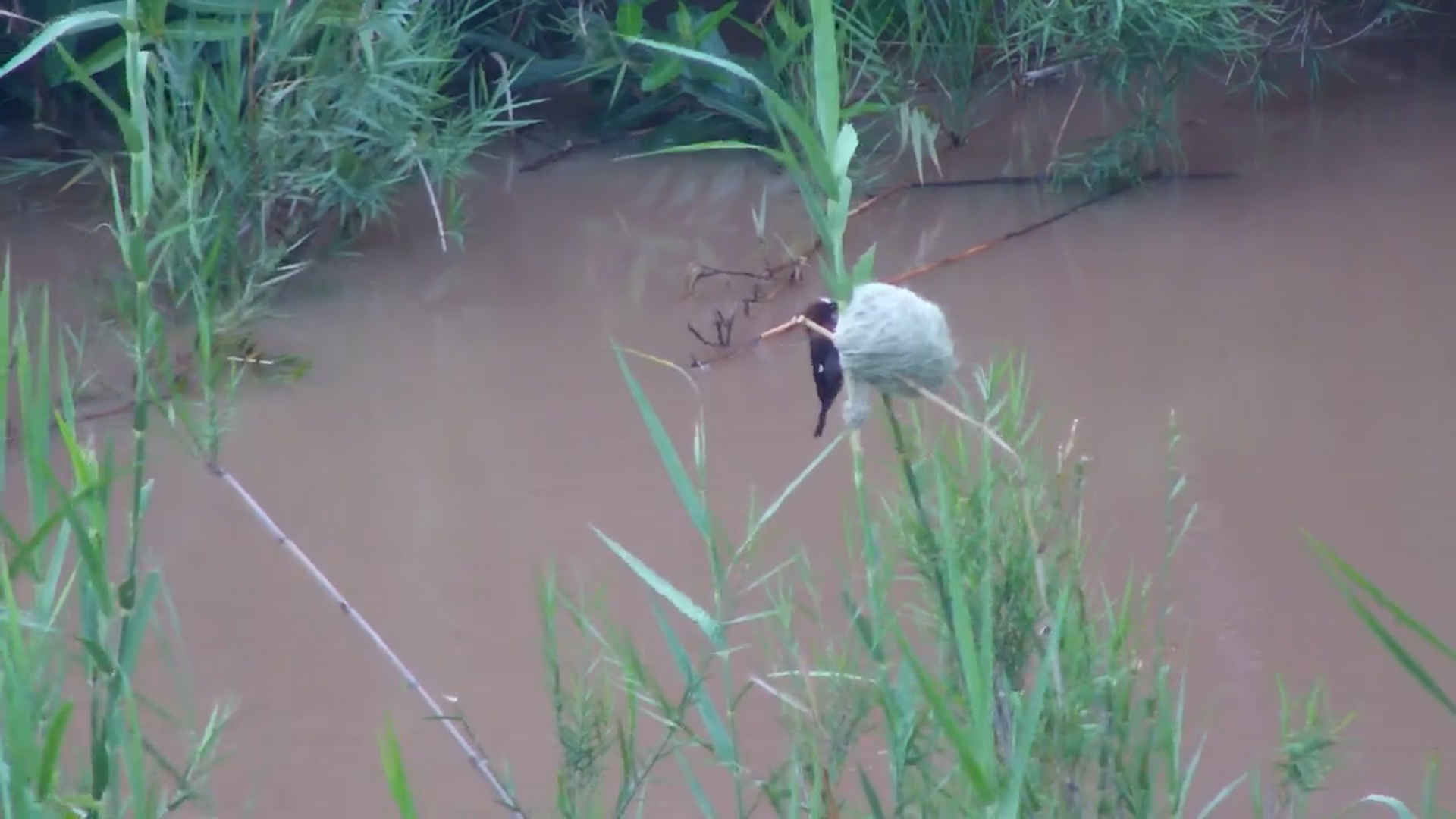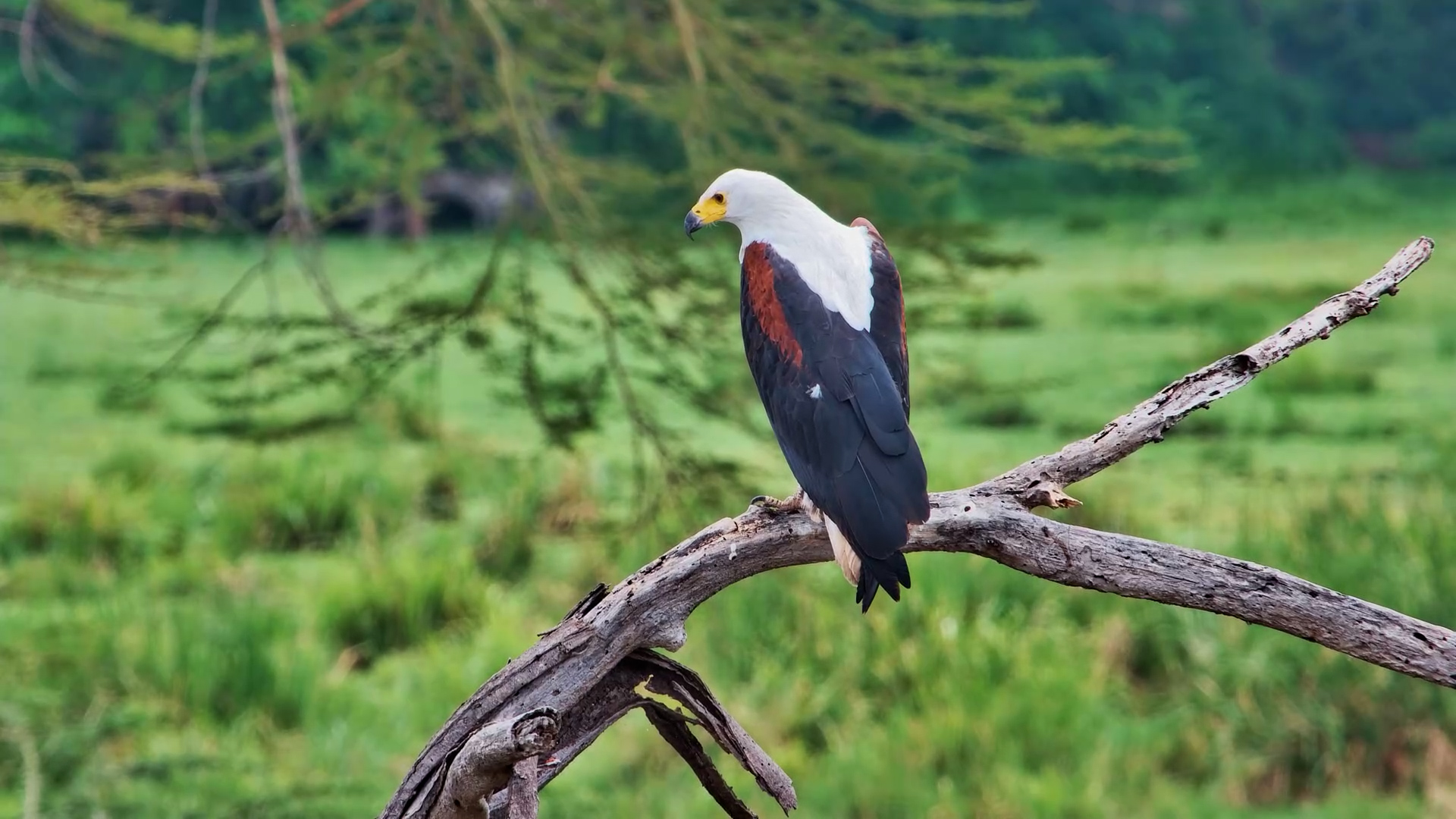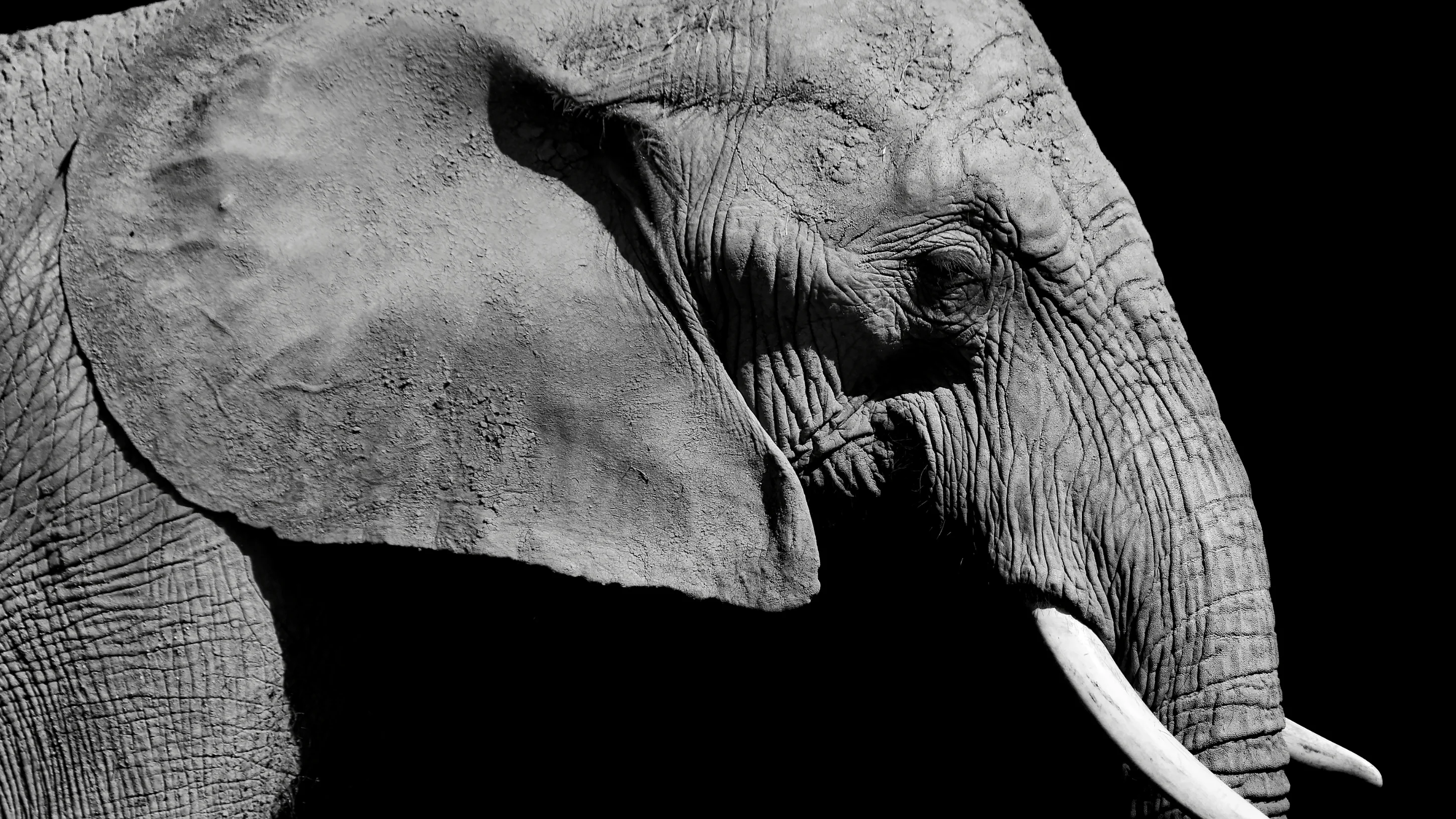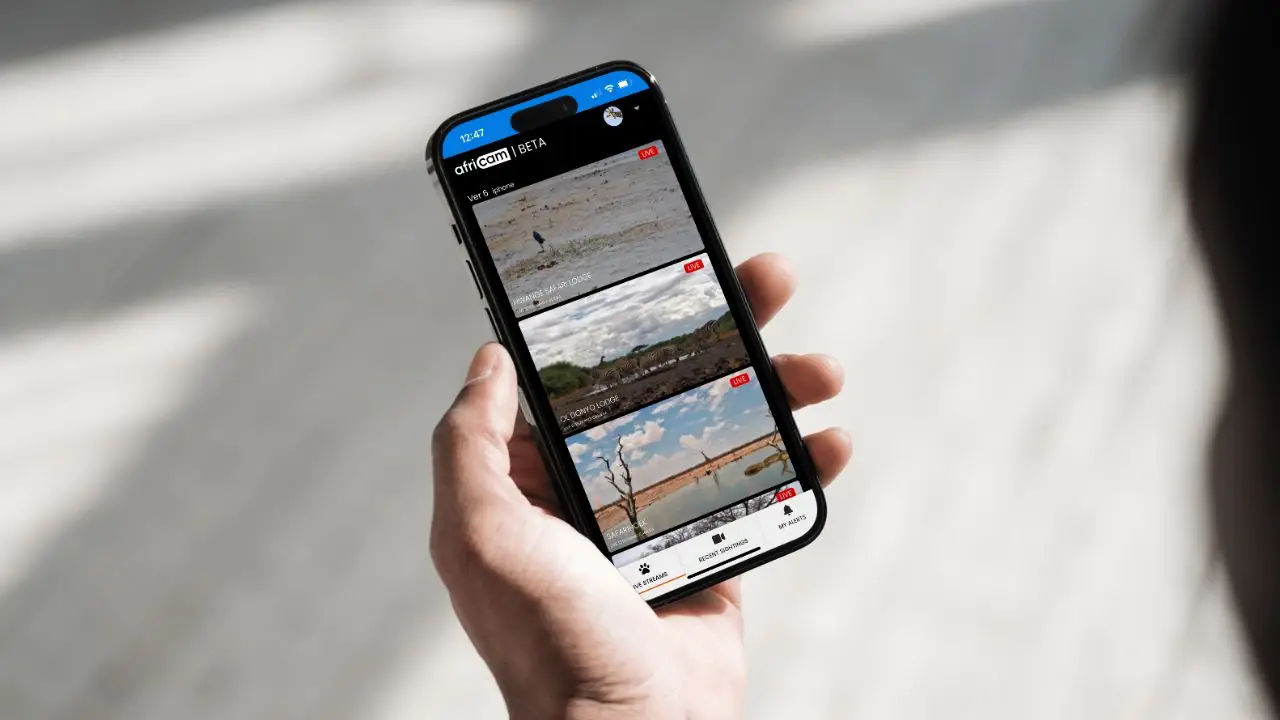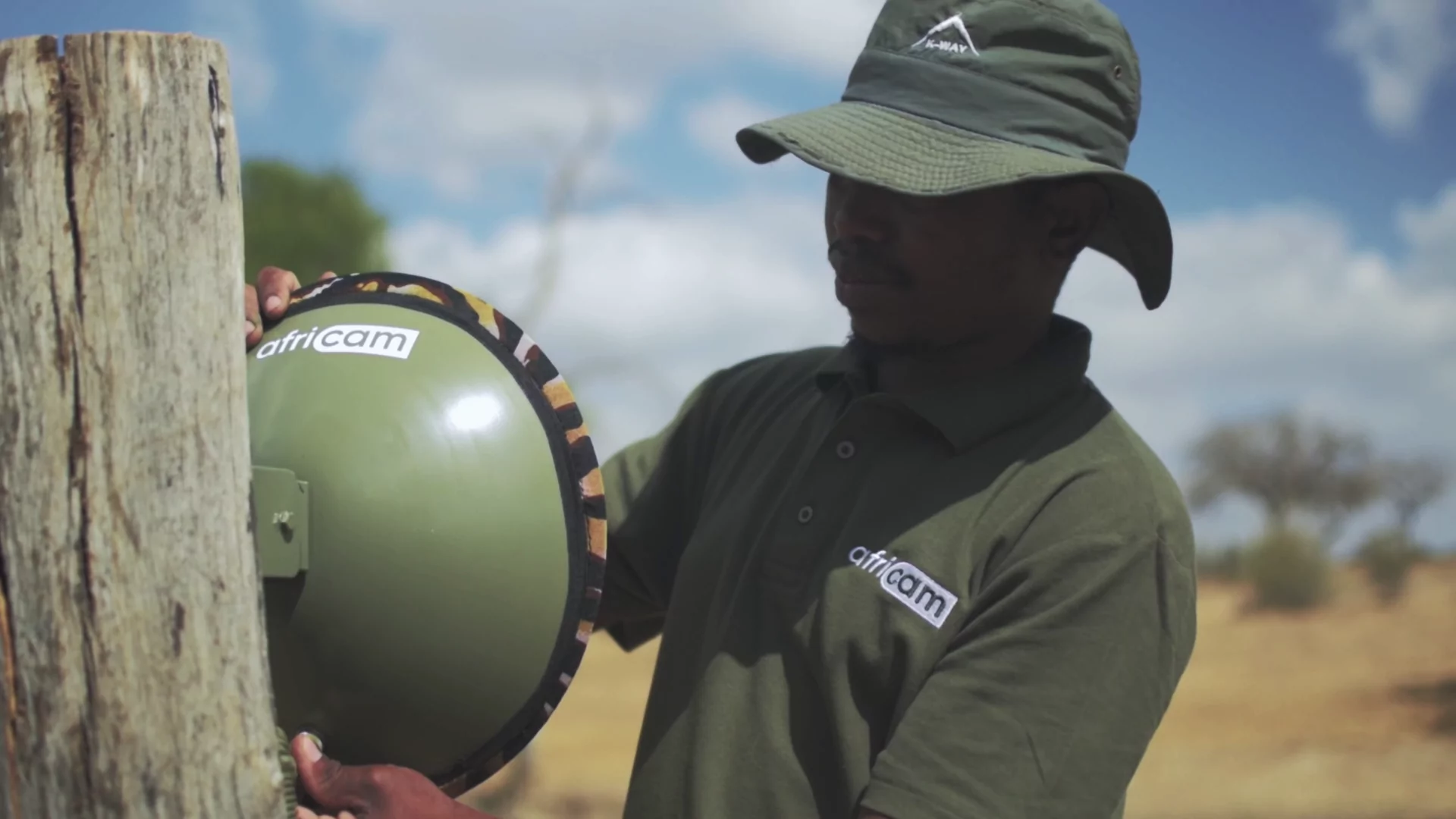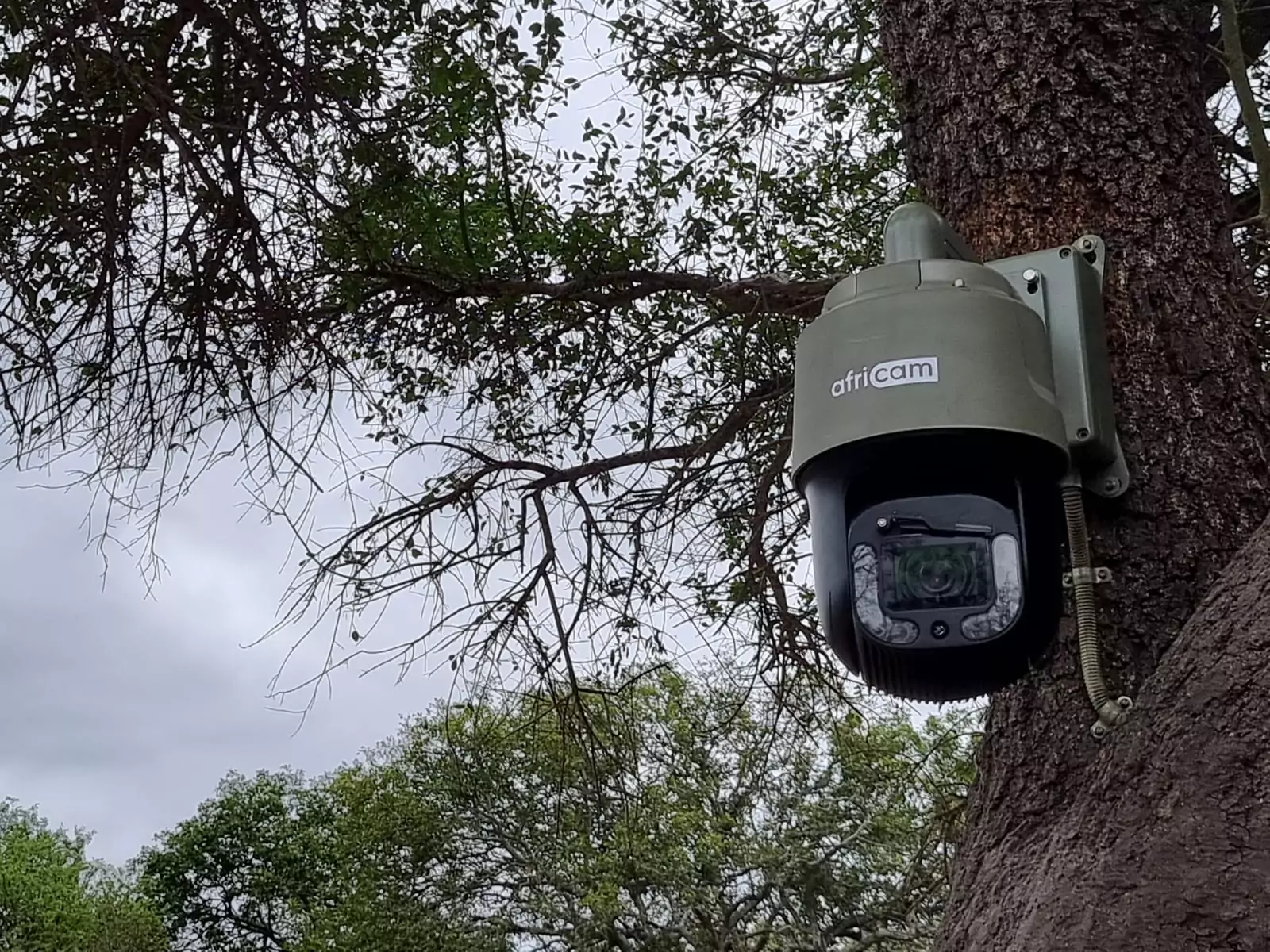Email: info@africam.com
Why Waterholes Matter: The Ecosystems Around the Lens
November 28th, 2025
Posted in: The Wild Side
How Pans, Dams, and Waterholes Support Entire Food Webs
As the skies darken and the first rumblings of thunder drift across Southern Africa, the bush prepares for one of its most dramatic transformations. The rainy season – stretching from November to March – breathes life back into landscapes that have spent months in dryness. Grasslands flush green almost overnight, trees burst into fresh canopy, and the scent of wet soil fills the air. For Africam viewers, this is the time when our cameras begin capturing a renewed energy around the pans, dams, and waterholes that anchor so many of our live streams.
These water sources act as lifelines, drawing countless species into their orbit and supporting entire food webs. Whether it’s a shallow natural pan that fills only after good rains, a long-standing dam that offers a more permanent haven, or a seasonal stream that runs only for a few weeks at a time, each plays a crucial role in stitching the ecosystem together.
As the rains build, herbivores are among the first to return to these revitalized areas. Elephants travel vast distances to drink and bathe, their joy apparent as they splash through the shallows or coat themselves in fresh mud. Antelope gather along the soft grassy fringes of these water sources, taking advantage of the nutrient-rich growth that springs up after the first storms. Even hippos, which often struggle through the dry months in shrinking pools, reclaim deeper, cooler waters where they can rest comfortably through the heat of the day. Their return signals the start of a season of abundance.
Where herbivores flock, predators are never far behind. Waterholes become silent stages for tense, unseen dramas – an unsuspecting impala pausing to drink, a leopard slipping through the revitalized riverine vegetation, or a lion pride holding position on a dam wall they’ve patrolled for generations. Crocodiles, in the dams where they persist year-round, take full advantage of high water levels, lying almost motionless beneath the surface. These predator-prey encounters, visible and invisible, maintain a delicate balance and shape the rhythms of life that Africam viewers witness through the lens.
But life around the water doesn’t belong only to the large and charismatic. As night falls and the air warms, the edges of pans and streams come alive with frogs and toads answering the call of the rains. Their croaks, trills, and chirps form a soundscape that fills the dark hours and signals the start of a frantic breeding season. These amphibians, in turn, attract snakes, owls, and small carnivores, weaving yet another layer into the food web. Waterbirds arrive in numbers too – herons stalking the shallows, storks lifting off in slow, deliberate wingbeats, and kingfishers diving with brilliant flashes of colour as they take advantage of the teeming life below the surface.
Waterholes matter not just because they attract wildlife, but because they reveal the heartbeat of the African wilderness. By placing cameras at these essential lifelines, Africam captures the rise and fall of seasons, the renewal brought by the rains, and the interwoven connections that sustain life. As the rainy season unfolds, expect moments of joy, tension, chaos, and calm – each shaped by water, and each telling a story millions of years in the making.
As the rainy season unfolds, we invite you to tune in to Africam’s live streams and witness these stories for yourself. Watch waterholes spring back to life, follow the daily movements of elephants, antelope, predators, and birds, and experience – moment by moment – the wonders that only Africa’s water sources can bring.

